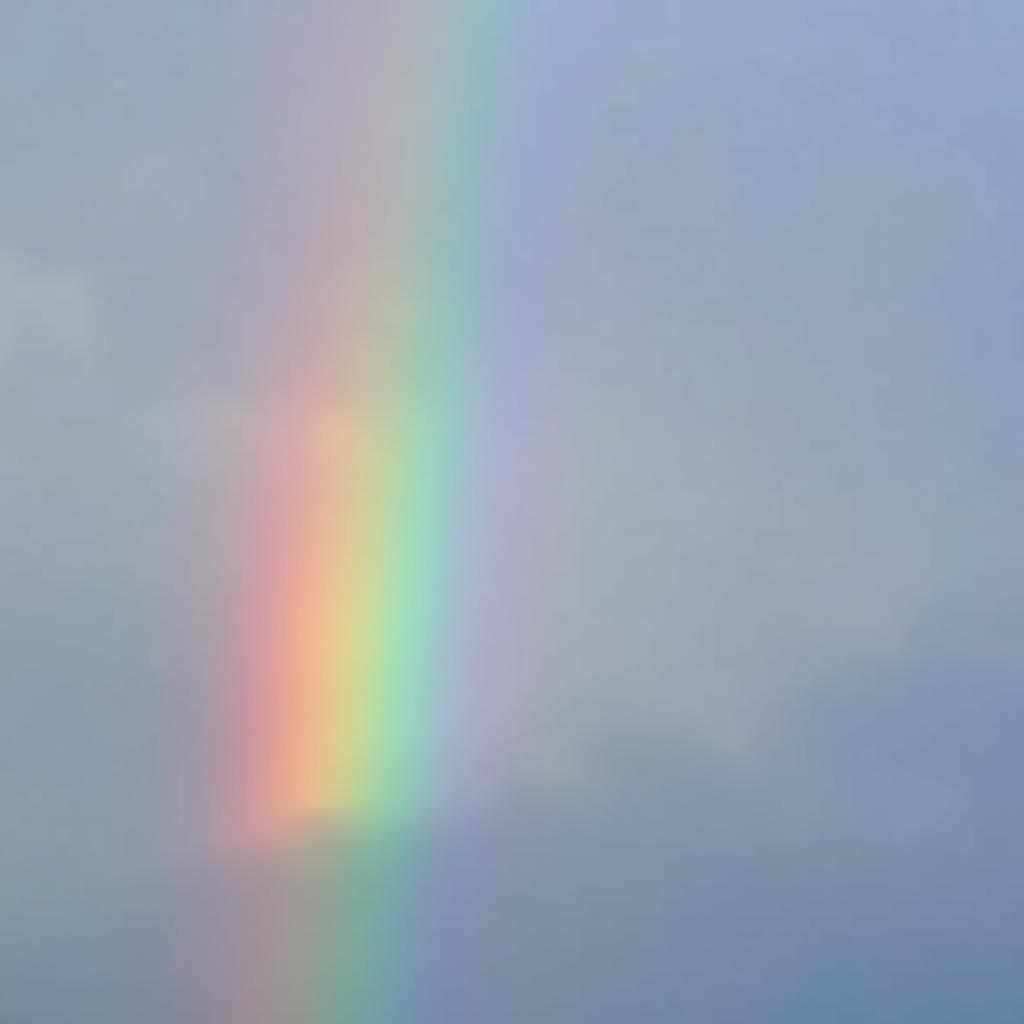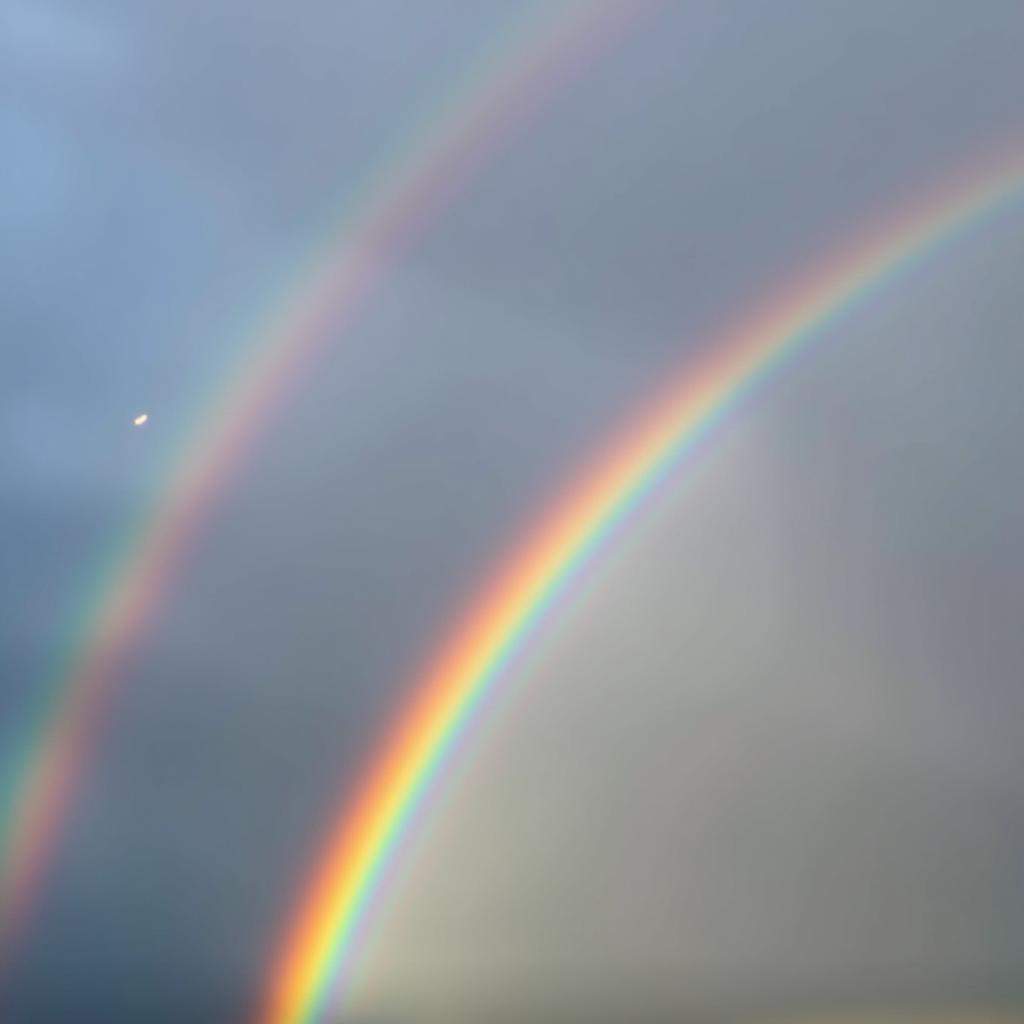You’ve probably heard this riddle before – it’s a classic! “I have one bow but no arrows, what am I?” The answer is, of course, a rainbow. But have you ever stopped to think about why this simple riddle is so enduring?
 Rainbow Colors in the Sky
Rainbow Colors in the Sky
More Than Just a Pretty Picture: The Symbolism of Rainbows
Rainbows have captivated humans for centuries. They appear in mythology, folklore, and religious texts across cultures. They’re often seen as symbols of hope, promise, and good fortune. This association likely stems from the fact that rainbows often appear after storms, signifying the return of clear skies and sunshine.
- In Norse mythology, a rainbow bridge called Bifrost connects the world of humans to Asgard, the realm of the gods.
- The Irish legend of the pot of gold at the end of the rainbow reflects the association of rainbows with good luck and treasure.
Exploring the Science Behind the Beauty
While the symbolic meaning of rainbows is deeply ingrained in our cultures, the science behind these colorful arcs is equally fascinating.
Rainbows are optical illusions created by the interaction of sunlight and water droplets in the atmosphere. Here’s a simplified breakdown of how it works:
- Sunlight enters a water droplet. White sunlight is actually a mixture of different colors, each with its own wavelength.
- The light bends (refracts) as it passes from air to water. Different wavelengths of light bend at slightly different angles.
- The light reflects off the inside surface of the droplet.
- The light refracts again as it exits the droplet. This second refraction further separates the colors.
This process results in the familiar spectrum of colors – red, orange, yellow, green, blue, indigo, and violet – that we see in a rainbow.
Beyond the Basics: Interesting Facts About Rainbows
Here are a few more intriguing facts about these meteorological marvels:
- You can’t touch a rainbow! Because a rainbow is an optical illusion, it doesn’t have a physical presence. It’s simply light being reflected and refracted.
- Every rainbow is unique. Your position relative to the sun and the water droplets determines what you see. No two people ever see the exact same rainbow.
- Rainbows can appear at night! A “moonbow” is a rarer phenomenon that occurs when moonlight is refracted through water droplets.
 Double Rainbow Formation
Double Rainbow Formation
Answering Your Rainbow Questions: FAQs
1. What is the rarest type of rainbow?
While all rainbows are special, some are rarer than others. A full-circle rainbow, visible from the air or very high vantage points, is a truly extraordinary sight. Other unusual types include twinned rainbows, supernumerary rainbows, and red rainbows.
2. Why are rainbows curved?
The curved shape of a rainbow is due to the way sunlight enters and exits the spherical water droplets. The angle of refraction and reflection creates a circular arc in the sky.
3. Can I create my own rainbow?
Absolutely! You can easily make a rainbow on a sunny day using a garden hose or a spray bottle. The key is to create a fine mist of water droplets and stand with your back to the sun.
The Allure of the Rainbow: A Timeless Wonder
Whether you’re admiring a vibrant arc across the sky or pondering the answer to a classic riddle, rainbows continue to fascinate us with their beauty and mystery. They remind us of the wonder of the natural world and the enduring power of simple questions to spark our curiosity.
Need help navigating the world of gaming? Contact us at Support Number: 0902476650, Email: [email protected] Or visit us at: 139 Đ. Võ Văn Kiệt, Hoà Long, Bà Rịa, Bà Rịa – Vũng Tàu, Vietnam. Our customer support team is available 24/7.





